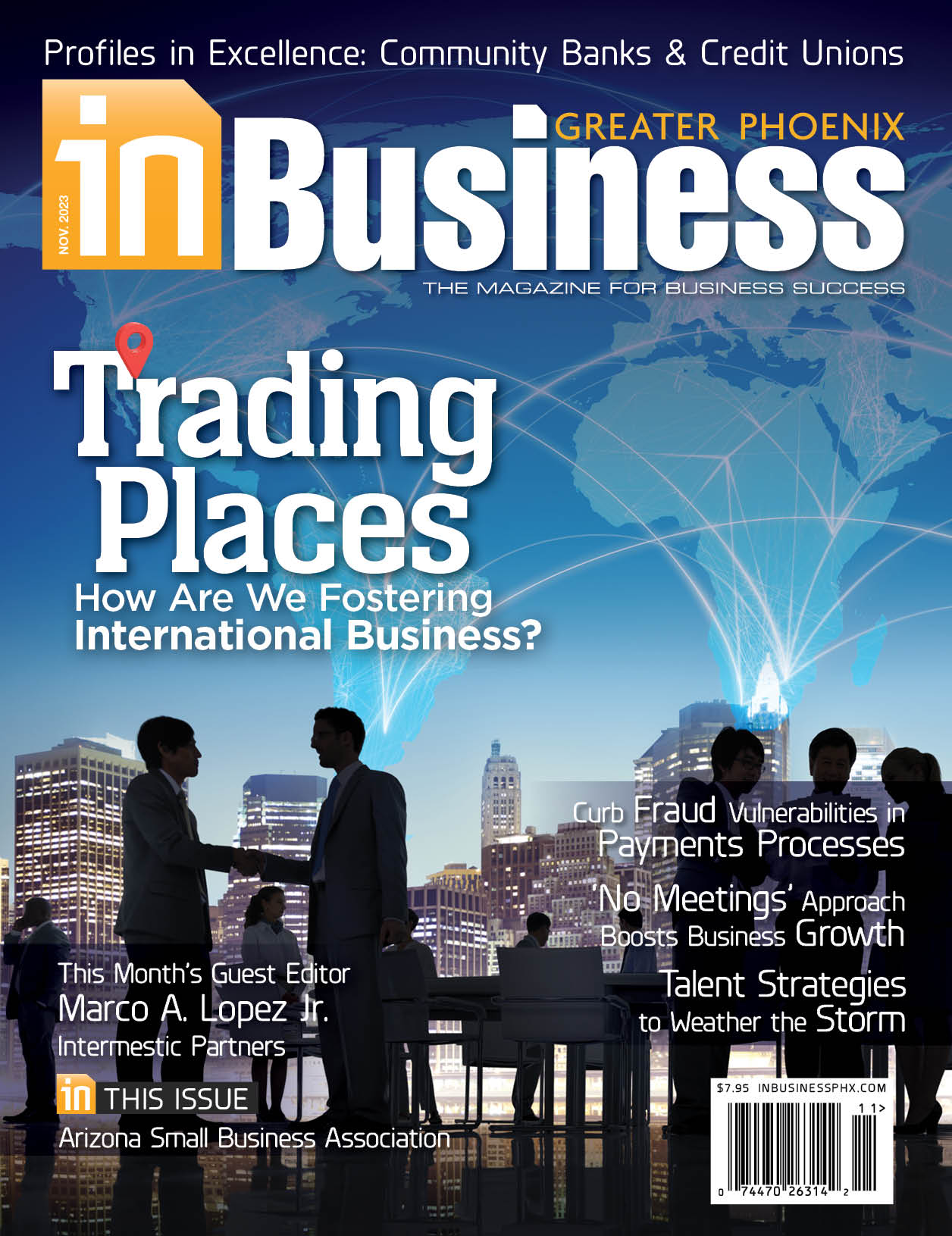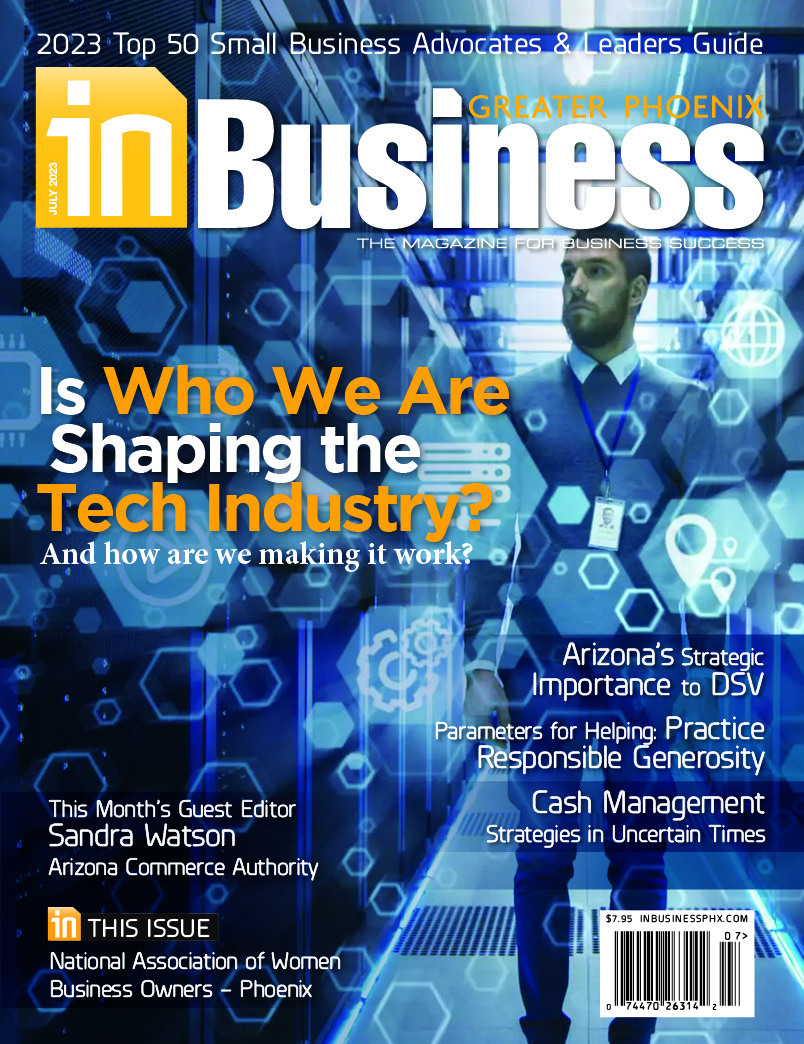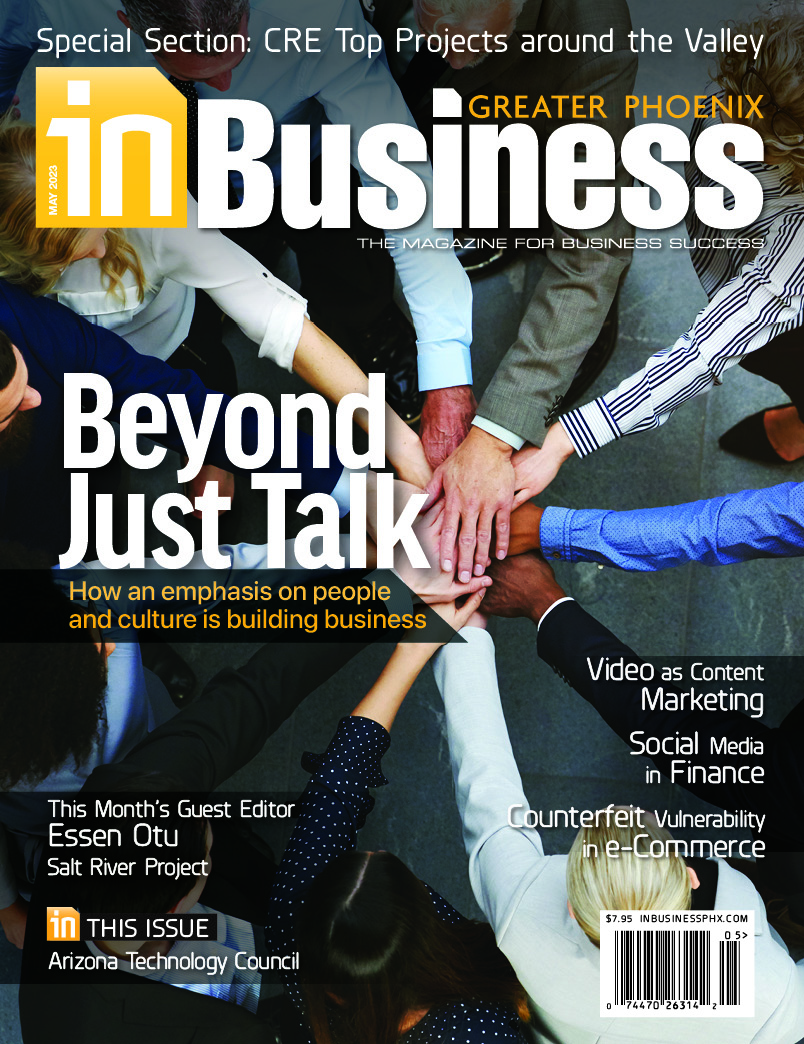
In my previous article, “Making Sense of the Puzzle” (August 2021), the topic was understanding how, once many ideas are generated, the ideation evaluation process occurs, and what remains and what goes. In this article, the focus is on the solid execution of those new ideas and moving the organization forward in creating the future it wants.
In 1916, Spencer Penrose bought a site in Colorado Springs, Colorado, with a goal to create a world-class resort in the shadows of Pikes Peak. He built the Broadmoor Hotel with the utmost care and spared no expense with a focus on creating an impeccable experience for guests. Today, the Broadmoor holds the longest running record of 56 consecutive years as a AAA Diamond resort. One of the keys behind the Broadmoor’s success is its focus on service through careful, deliberate execution of the best experience anywhere. So, what are the steps in executing well?
In previous articles, I have mentioned that everything begins with the organization’s mission and vision. It is worth repeating that any future priorities must lie within the scope of the “why” an organization exists and what outcomes its leaders are hoping to achieve. Clarity, reaffirmation and alignment of mission vision are paramount to continued success.
Next is instilling a growth mindset while encouraging innovation in the process. Often, new approaches can appear daunting, intimidating and outside the reach of the organization. When that happens, it becomes difficult to inspire creativity and focus on growing and enhancing the business. Allowing individual creativity without judgement is critical in development of new ideas and approaches. Facilitating a growth mindset enables compelling execution to emerge rapidly.
Step three is to assign responsibility to the process. Even the greatest of ideas can fall flat without careful, disciplined follow-up. Often, there is a tendency to allow “the other person” or “other department” to execute the idea and be responsible for its success. Sometimes, the thinking is, “After all, we came up with the idea — and we have to execute, too?!” Having clear ownership and responsibility is the only meaningful way success can be attained through strong accountability. Having an assigned owner eliminates any ambiguity over direction and project execution.
Step four is having a clear understanding of the organization’s outcomes. Steven Covey, the author of Seven Habits for Highly Successful People, suggests beginning with the end in mind. It is often easy to get caught up in the mechanics of the process along the way without realizing where the organization is headed and that what is being done is meaningful to the process. Focusing early on clear outcomes and remaining on course throughout the process, the organization will end up where it intended.
The fifth step is communication throughout the journey, thus keeping everyone informed. It is highly unlikely that everything will go exactly as planned (although we will take it if it does!), thus communication keeps everyone abreast of where the project is. Like elements discussed so far, it moves the organization closer to overall success, and facilitates mutual brainstorming and problem resolution along the way. It’s also important to remain aware of biases along the way that can impact the strategic initiatives.
Last, but certainly not least, is — while building toward results and constructing sustainability practices — to not forget to celebrate milestones along the way and embrace success. A great deal of effort goes into building and maintaining a business, so when a milestone is achieved, it is truly important to be grateful for the accomplishment and to let everyone know how much their effort has impacted the overall success of the project and the organization. The journey may be long and difficult, so leaders need to prepare accordingly. Build rock-solid processes first, then increase the through-put and accuracy by introducing the right technologies needed where they make sense. Leaders should capture their own best practices and replicate them across the company.
When Penrose decided to build a world-class resort in the middle of Colorado, everyone thought he was a foolish wealthy man. What they didn’t realize was, he was passionate in building the best resort experience he could deliver. His dedication to excellence and process resulted in one of the finest resorts in the world. Every organization with the right process and persistence can build, as Penrose did, something that works well and stands the test of time!
And to share a Japanese proverb: “Vision without action is a daydream. Action with without vision is a nightmare.”
 Bruce Weber is founder and president/CEO at Weber Group. Weber brings more than 20 years of experience to the for-profit and nonprofit community, working with startup, growth and mature organizations. His focus is in strengthening organizations through strategic planning, organizational development, leadership and board development. He is a BoardSource Certified Governance trainer and a founding partner of the Nonprofit Lifecycles Institute.
Bruce Weber is founder and president/CEO at Weber Group. Weber brings more than 20 years of experience to the for-profit and nonprofit community, working with startup, growth and mature organizations. His focus is in strengthening organizations through strategic planning, organizational development, leadership and board development. He is a BoardSource Certified Governance trainer and a founding partner of the Nonprofit Lifecycles Institute.
“Execute Wisely and Strategically“ is the fourth article in Bruce Weber’s series on Change: The Provider of Opportunity
“Execute Wisely and Strategically” (In Business Magazine October 2021)
“Making Sense of the Puzzle” (In Business Magazine August 2021)
“Embrace the Unknown” (In Business Magazine May 2021)
“Exploring the Possibilities” (In Business Magazine June 2021)














Speak Your Mind
You must be logged in to post a comment.